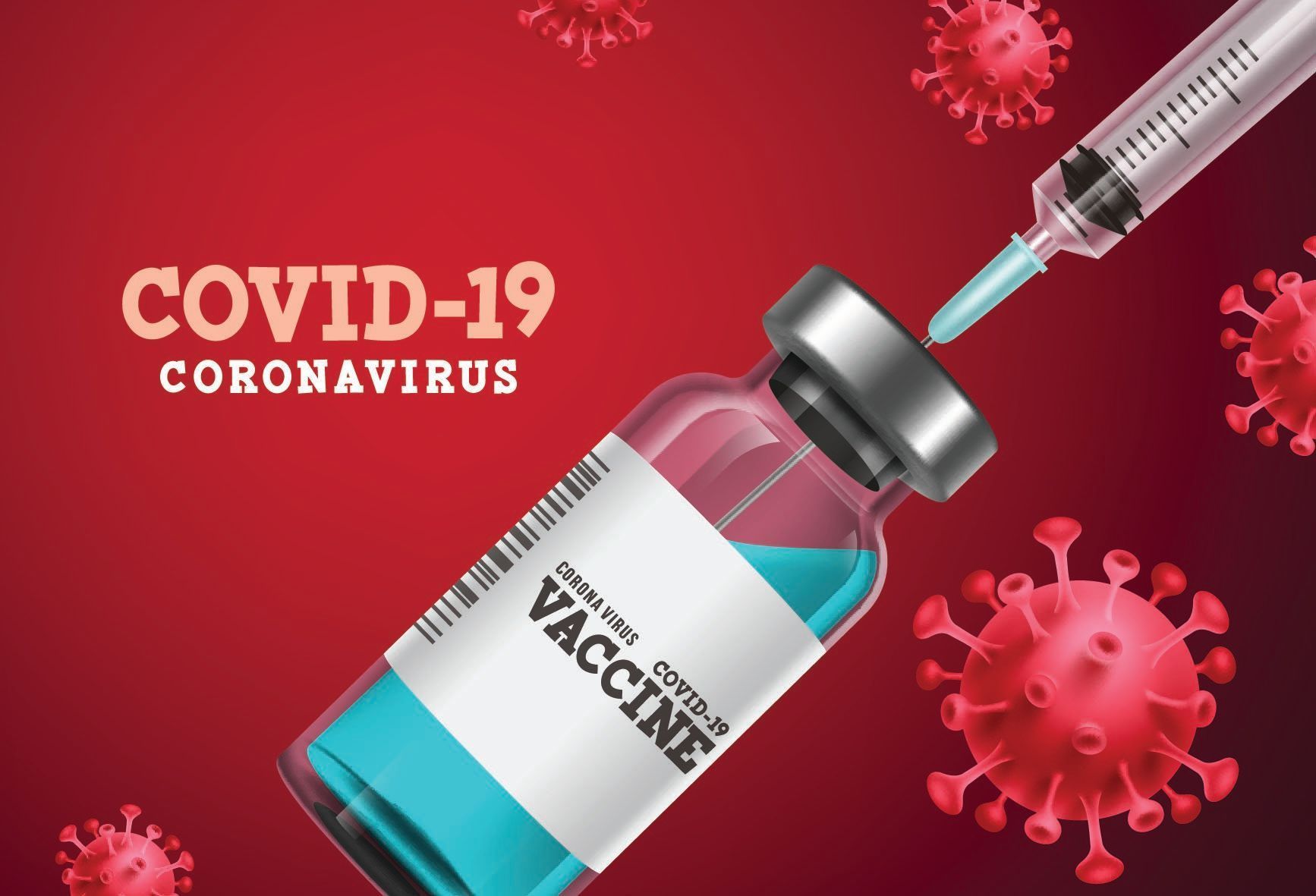Article
Poll: Americans expect COVID-19 disruptions to continue well into 2021
Author(s):
More than half of Americans expect disruptions to persist past the middle of this year, a jump from late-December’s responses.

Even with vaccinations underway, Americans are steeling themselves for disruptions caused by the COVID-19 to persist well into 2021.
According to a report from Gallup, in a poll of Americans performed from Jan. 25 to 31 more than half of respondents (53 percent) say that the disruptions caused by the COVID-19 pandemic will persist past the middle of last year which is up from the 33 percent who said the same thing in a late-December poll. This is tied to the drop from 55 percent to 37 percent from December to January who said in they believe the disruptions would end before the middle of the year. Only 2 percent believe the disruptions will last only a few more weeks and 8 percent believe it will in a few more months.
A respondent’s outlook for disruption is closely tied to their feelings on the progress of the rollout of vaccines with 68 percent of those who say they are very dissatisfied with the rollout will last past the middle of the year compared to 42 percent who say they are very satisfied with the rollout, the report says.
Despite the believe that disruptions will persist, the percentage of respondents who are feeling that the pandemic is getting worse has dropped from 63 percent to 39 percent while more respondents are saying the pandemic situation is improving or staying the same, according to the report.
Pessimism about the COVID-19 situation seems to be tied with dissatisfaction with the rollout of vaccines with only 18 percent of those dissatisfied saying that the situation is improving wile 57 percent say it is getting worse, the report says.
Gallup has noted a relationship between Americans’ perception of how the pandemic is going and changes in the reported numbers of daily new cases and the decrease in infections between late-December and late-January could possibly contribute to this improved view.





